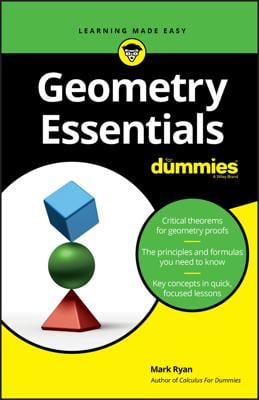If you are given two side lengths of a triangle, you can use geometry to determine possible values for the missing third side. In the case of an isosceles triangle, you can find the exact value.
The following practice questions ask you to find the missing third side in both situations.
Practice questions
If two sides of an isosceles triangle are 6 and 12, what must the third side be?
If two sides of a triangle are 2 and 8, write a list of all integer values that can be the third side.
Answers and explanations
12
Isosceles triangles have two sides equal in length. The sides of this triangle are either 6, 6, and 12 or 6, 12, and 12.
The sum of the two smaller sides of a triangle must be greater than the longest side of the triangle. The triangle can't have sides measuring 6, 6, and 12 because

The triangle can measure 6, 12, and 12 because

{7, 8, 9}
Let x be the third side of the triangle. If 2 and 8 are the two smaller sides of the triangle, then

If 8 is the longest side, then

Because x has to be greater than 6 but less than 10, x can be 7, 8, or 9.





